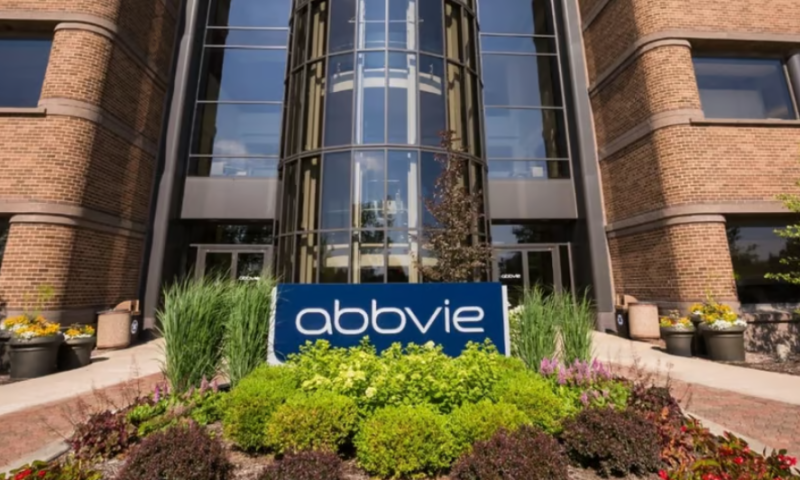AbbVie has ditched its pact with CytomX Therapeutics. After seeing 83% of patients in the latest data cut develop anemia, the Big Pharma has dropped the cancer program for strategic portfolio reasons—and begun negotiating to sell the lead antibody-drug conjugate (ADC) back to CytomX.
In 2016, AbbVie formed two collaborations with CytomX, paying $30 million upfront across the two agreements to co-develop CD71-directed ADC CX-2029 and discover candidates against up to two other targets. The CX-2029 program reached a key decision point early this year, when CytomX presented phase 2 data and began discussing the next steps with AbbVie.
Now, AbbVie has decided it wants no part in the next steps. Rather than take CX-2029 forward, the Big Pharma has terminated the CD71 pact and its discovery collaboration. The action gives CytomX full rights to the CD71 program, clearing it to develop next-generation drugs against the target, and an exclusive option to buy back CX-2029. CytomX has opened negotiations with AbbVie for the clinical-phase ADC candidate.
Talking to investors on a quarterly results conference call after breaking the AbbVie news, CytomX CEO Sean McCarthy made the case for continued development of CX-2029 while noting the need to manage anemia in recipients of the ADC.
“We have an active drug. This is a very novel ADC that has shown anti-tumor activity in several tumor types and, most recently, this really intriguing signal in squamous esophageal,” McCarthy said. “We’ve learned more about anemia over the last year or so.”
“We still have more work to do to further understand how to potentially manage and mitigate anemia,” the CEO added. “There is a therapeutic window for the drug.”
While McCarthy thinks the benefits of CX-2029 can outweigh the risks, he expressed a belief that CytomX can broaden the therapeutic window with a next-generation candidate by finding ways to increase the anti-tumor activity and decrease the incidence of anemia. CytomX has “several ideas” for how to tweak the benefit-risk profile and expects to have more to say about the science later this year.
CX-2029 represents the most direct route to market though. CytomX’s interest in further development of the candidate, despite its problems, is underpinned by data such as the 21% objective response rate in squamous esophageal cancer.
“Given the high incidence of anemia that we have with this drug, but also given its clinical activity, if we elect to move the drug forward in esophageal, obviously we’d be wanting to do everything we can to select patients in our favor to increase the likelihood of response and also, of course, continue to work to find ways to manage and mitigate anemia,” McCarthy said.
CytomX ended last year with $194 million in the bank, exactly the same amount it had at the end of September. The bank balance was inflated by a $30 million upfront payment from Regeneron. CytomX received a further $35 million from Moderna after the close of the fourth quarter. Having stopped work on its lead candidate last year, there is a gap in CytomX’s pipeline for a clinical program.
Shares in CytomX fell 13% to $1.56 apiece in premarket trading Tuesday from a Monday closing price of $1.79.

